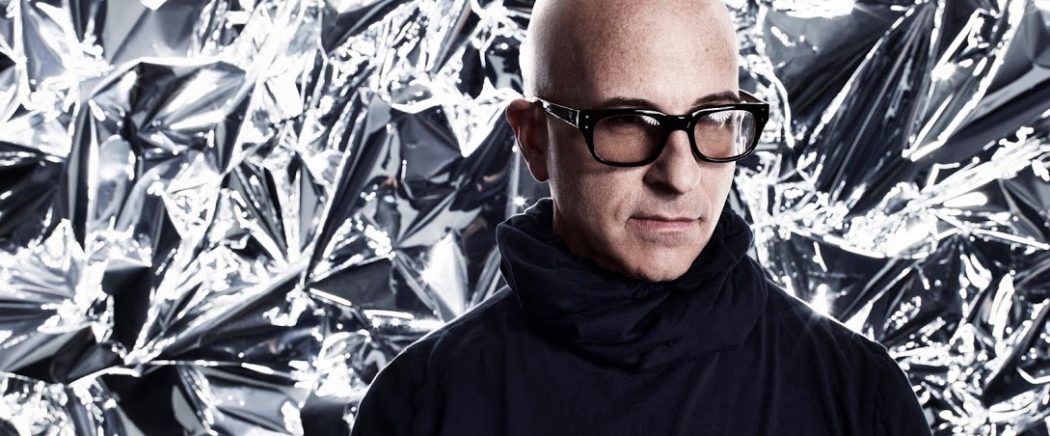I first saw Stephen Petronio dance in 1979. He was the first, and only, man in the Trisha Brown Company. Intense and virtuosic, he brought a liquid, muscular urgency to Brown’s filigreed movement. These same qualities, super-charged by his dances’ signature whipping limbs, have fueled his work for the last thirty-five years.
From the start Petronio’s work has captured the pulse and anxieties of modern life. In the early solo #3, wearing a white button-down shirt and black slacks and rooted to one spot, his torso, arms, and head flail and twitch — he’s a furious, frustrated everyman. The epic Locomotor/Non Locomotor (2015) conjures a tough and tender world in which duets, trios, quartets, suddenly form and just as unexpectedly disperse. In one standout moment, dancers leap backward, blithely describing a gorgeous arc around the stage. Last year’s ultra-spare Hardness 10, its title a reference to the imperviousness of the diamond, is a kind of treatise on walking through and with a crowd, an ode to the city streets and to the process of becoming stronger.
Almost five years ago, Petronio took a surprising turn. While continuing to make his own dances, he initiated Bloodlines, a commitment to bringing the work of American postmodern dance masters into his company, specifically the work of the artists who formed him. The plan was to have dancers who had experienced the work first-hand teach the pieces to the Petronio Company. It was a huge gamble, and precisely where Petronio’s passion and decisiveness were key. The first to be included was Merce Cunningham’s eccentric and mysterious 1968 RainForest. This was quite a reach, and therefore quite a risky business. How would Petronio’s dancers, who had spent years mastering his work, fare in the face of a technique so fundamentally different and notoriously difficult? Would they get ensnared in its inevitable idiosyncrasies? Would they find it hard to perform alongside an electronic score that provides neither beat nor narrative? Would they trip on Andy Warhol’s mylar balloons?
The Petronio dancers took it on. Three members of the former Cunningham Company came into the Petronio studio, and, in just three weeks, transmitted the dance, moment by moment, step by step, body to body. This was a dramatic undertaking, revealing the push and pull, the doubt, and ultimately the satisfaction the dancers felt when they finally made the piece their own.
Subsequent Bloodline works include wonderful and significant dances by Trisha Brown, Anna Halprin, Yvonne Rainer, and Steve Paxton. Last year, Petronio’s dancers performed the witty Cunningham work Signals. This season, Petronio premieres his own American Landscape, with design by Robert Longo and an original score by the Dutch composer Jozef van Wissem and the filmmaker and musician Jim Jarmusch. Drawing on the multiple facets that make up this United States, Petronio will, as he inevitably does, bring something of what’s happening in the world outside the theater onto his stage. Also on the program is Coverage, a 1970 solo by the too-little-known Judson Dance Theater artist Rudy Perez, and Tread (1970), the company’s third dance by Cunningham, with a set by Bruce Nauman — a row of ten industrial fans parked across the front of the stage. With the addition of Tread, the Petronio Company is now the American company with the most works by Cunningham in its repertory.
The Bloodlines project in no way tethers Petronio to the past. With all that this endeavor has so far achieved, and with Petronio at the height of his choreographic powers, quite the opposite is true.
Lise Friedman, an adjunct professor at NYU’s Gallatin School, is the author of several books and, with director Maia Wechsler, co-producer of the 2018 feature documentary “If the Dancer Dances,” which follows the Stephen Petronio Company as they struggle to reconstruct Merce Cunningham’s “RainForest,” revealing what it takes to keep a dance alive. She was a member of the Cunningham Company from 1977-84.
